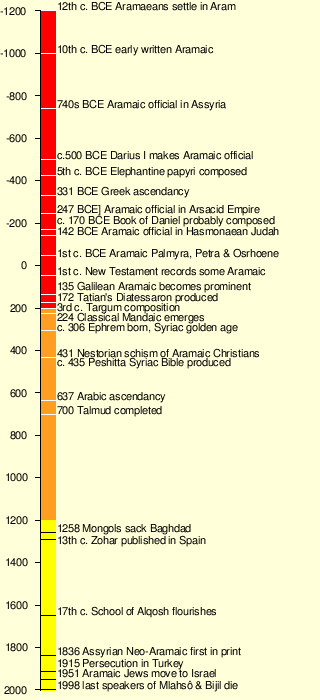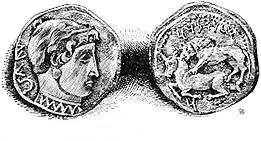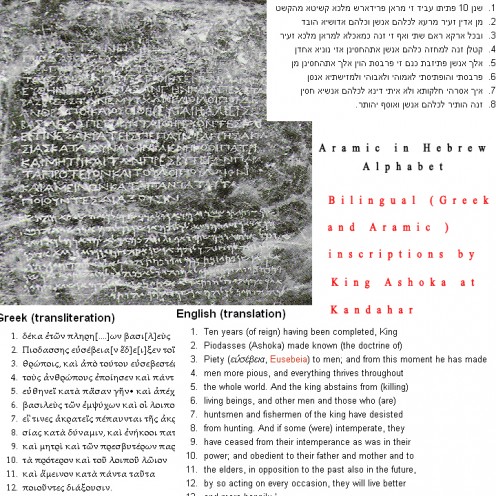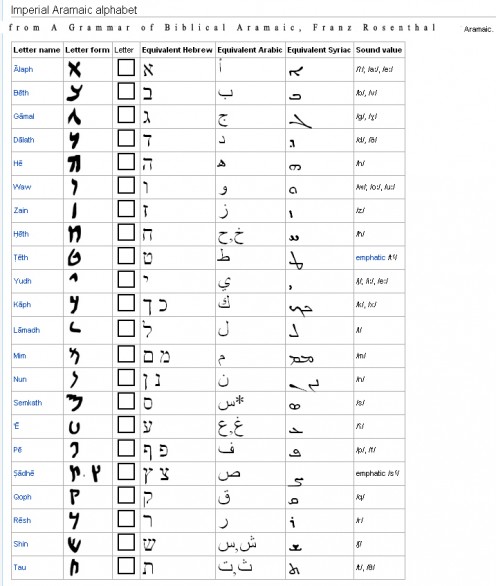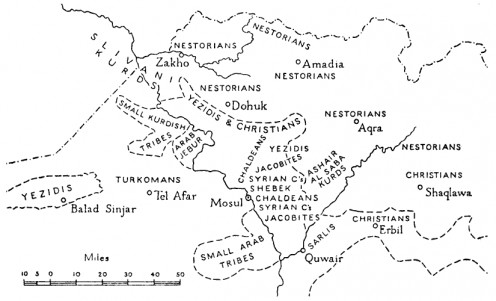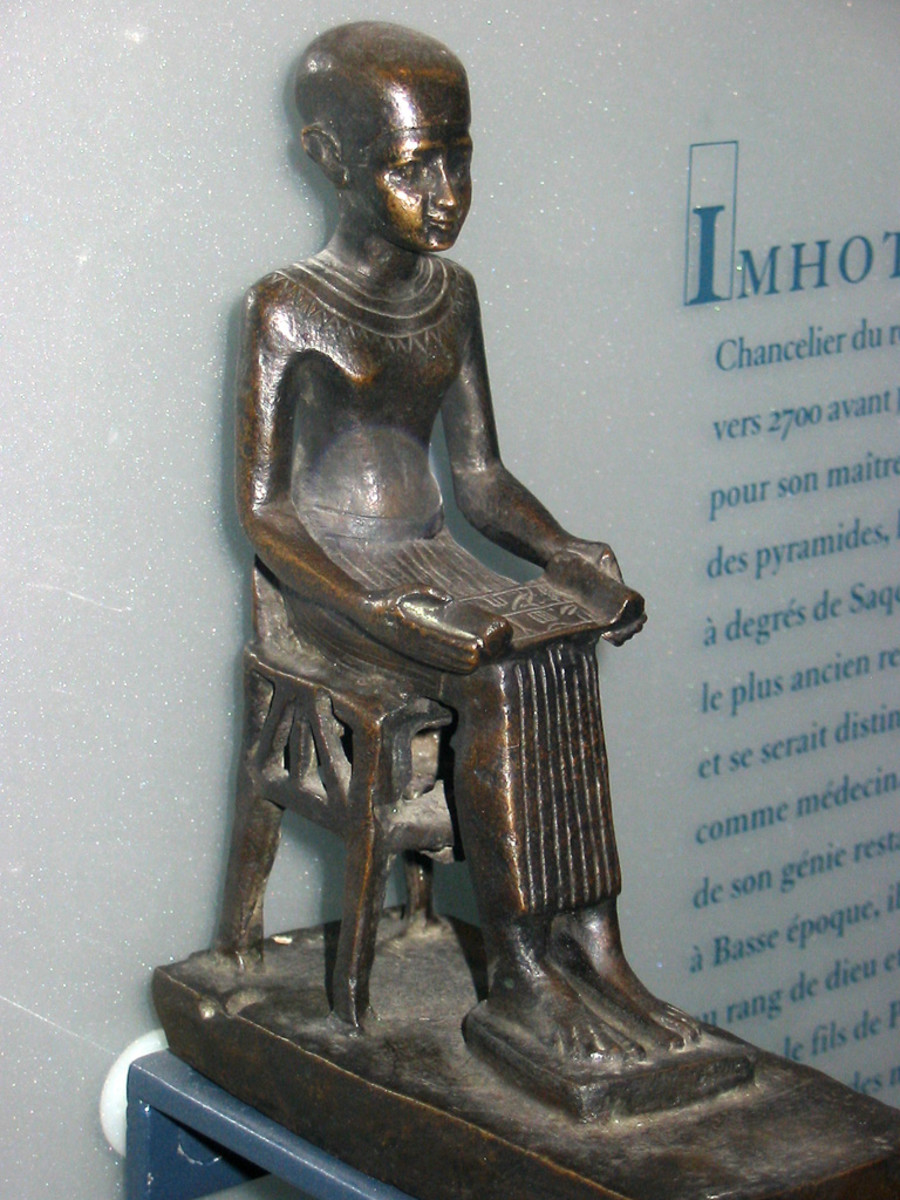ARAMAIC: THE LANGUAGE THAT JESUS SPOKE
ARAMAIC: THE LANGAUGE THAT JESUS SPOKE
As the world celebrates Christmas and remembers the message of Jesus Christ, many of us do not know that he spoke not Latin but Aramaic; the lingua franca of that time in Nazareth. It is the oldest living language in the Middle East, and is a Semitic language belonging to the Afro-asiatic (formerly known as Hamito-Semitic) language family
Afro-Asiatic comprises of 375 living languages, spoken by nearly 350 million speakers. This family of language includes Ancient Egyptian, Biblical Hebrew and Akkadian with of course Arabic being the most widely spoken language. Aramaic belongs however to the Semitic sub-family.
The teachings of Jesus were spread throughout the Jewish Aramaic speaking community and then to Canaan, Syria and Mesopotamia in Aramaic. In fact all the Apostles James, John, Peter and Andrew who were from Galilee spoke only Aramaic.
Classification of Aramaic:
Klaus Beyers classifies Aramaic into three categories:
1. Old Aramaic
This spans over a time period of 1100 BCE to 200 BCE. In 539 BCE it was the spoken language of Israel during the Second Temple period and was the main language of the Talmud. Originally the alphabets used were Phoenician but as it evolved it replaced the Assyrian cuneiform system of writing. Despite Chaldean and Persian conquests, Aramaic thrived as the lingua franca even surviving the relentless march of Alexander’s invincible Greek army.
2. Middle Aramaic
All this changed with the Islamic invasion of Damascus in 633 CE and Jerusalem in 635 CE. Aramaic began to lose its ascendancy. The decline was not however overnight. It was only after nearly 200 years Aramaic began to slowly give way to Arabic. The time span of Middle Aramaic was 200 CE to 1200 CE.
3. Modern Aramaic
In its present form Aramaic is spoken in scattered and fragmented communities mainly in West Asia. Surprisingly despite Christian and Jewish groups it is spoken among Muslims too. Researcher Eden Naby categorizes the users of Aramaic into four:
· Christian communities use it as their liturgical language
· Modern Assyrians use it as their vernacular dialect which contains a good number of Akkadian words.
· It is used by the Mandeans of Iraq and Iran who are the followers of John the Baptist.
· The Three villages in Maalula, in Syria where Aramaic continues be the spoken language
Obviously there is no singular Aramaic language and it has its variants.
The Decline of Aramaic
From being the lingua franca of a large geographic area to an endangered language after 3000 years is the result of diverse historical causes.
Firstly it was the emergence of Arabic after the rise of Islam in Middle East. Arabic became the favored language as it was considered to be the language of God. This resulted in Aramaic being confined to a small group of Christian and Jewish neighbors. Secondly In 1948 the bombing of some synagogues in Iraq resulted in the migration of Jews to Israel. Now the Christians who remain in Iraq too are besieged with a language policy which favors Arabs and Kurds. In fact traditional Assyrian Aramaic has been discouraged and suppressed in Iraq, Iran, Turkey, and Syria. Mandean Aramaic for instance is spoken only by 50,000 people and according to Daniel Nettle and Suzanne Romaine in their seminal book “Vanishing voices” Aramaic can survive, only in a setting where there are a minimum of 100,000 speakers living in a relatively compact and secure environment.
Aramaic Influences in India
Strangely thousands of miles away in the state of Kerala in South India, influences of Aramaic are found in a community which came to the Malabar Coast in 343 CE. They came from Aramaic speaking regions of Israel and Syria. Called Knanaya Christians they are descendants of 72 families who migrated to India lead by a merchant named Knai Thomman. There were 400 of them who settled down in modern Kodungallur near the ancient port of Muziris and were permitted to settle down and engage in trade by the then King Cheraman Perumal . It is a community which practices endogamy in order to preserve their ancestral ties to the Middle East.
Daniel Nettle and Suzanne Romaine state that each language “has its own window to the world”, and so the loss of any language is a great loss for humanity, especially if it happens to be of such historical importance as Aramaic.
The Lords Prayer in Ancient Aramaic
Assyrian Aramaic Jewish song
Aramaic speaking Syrian village
The Language of Jesus
